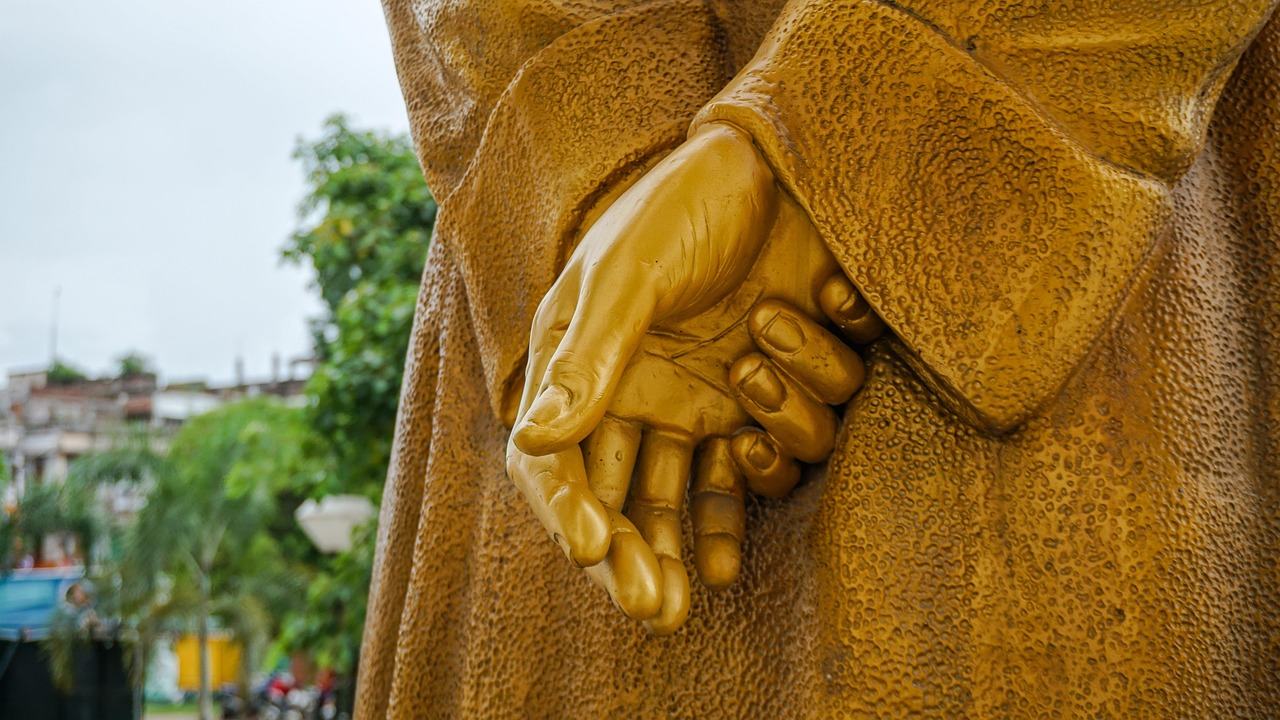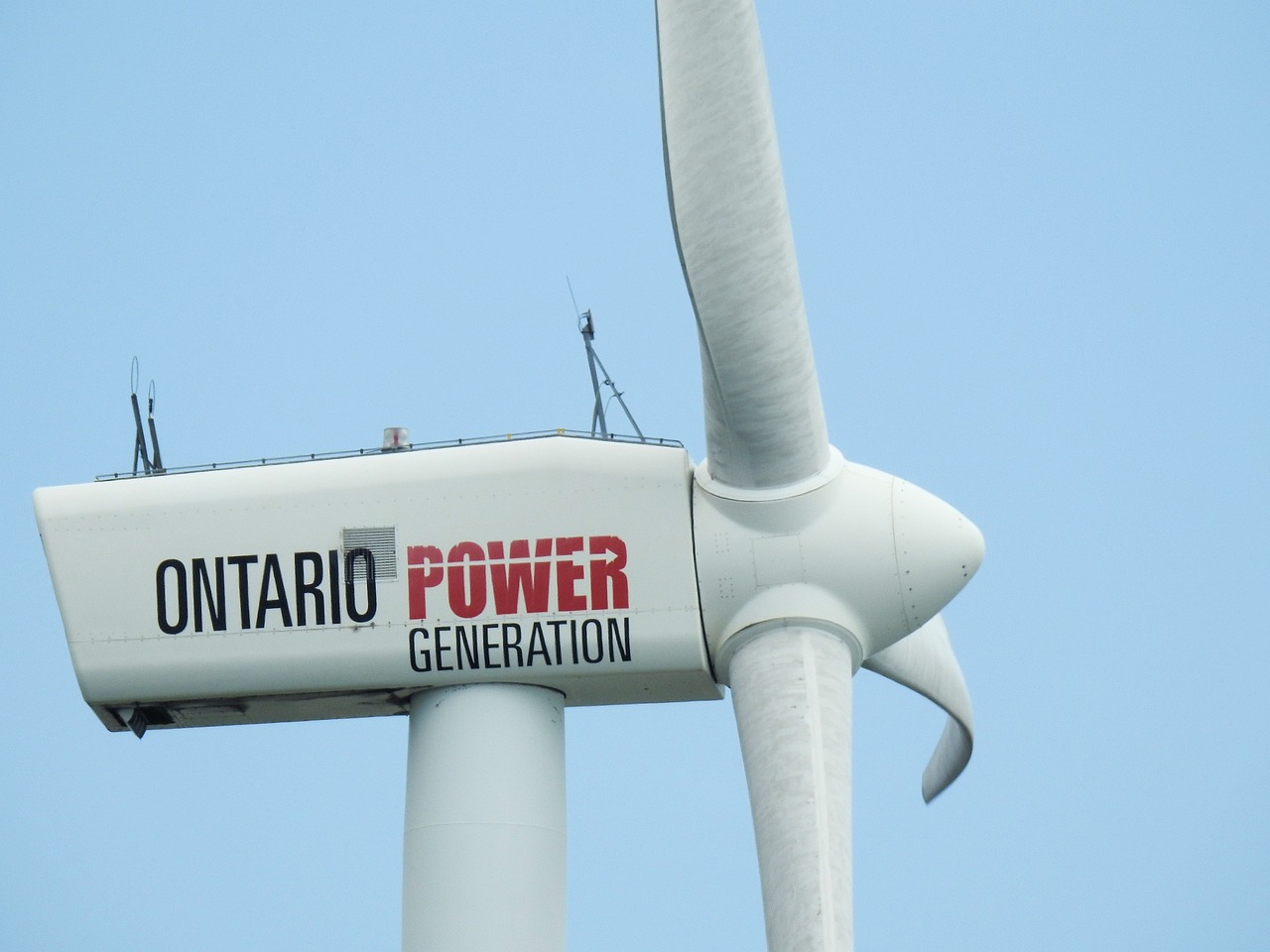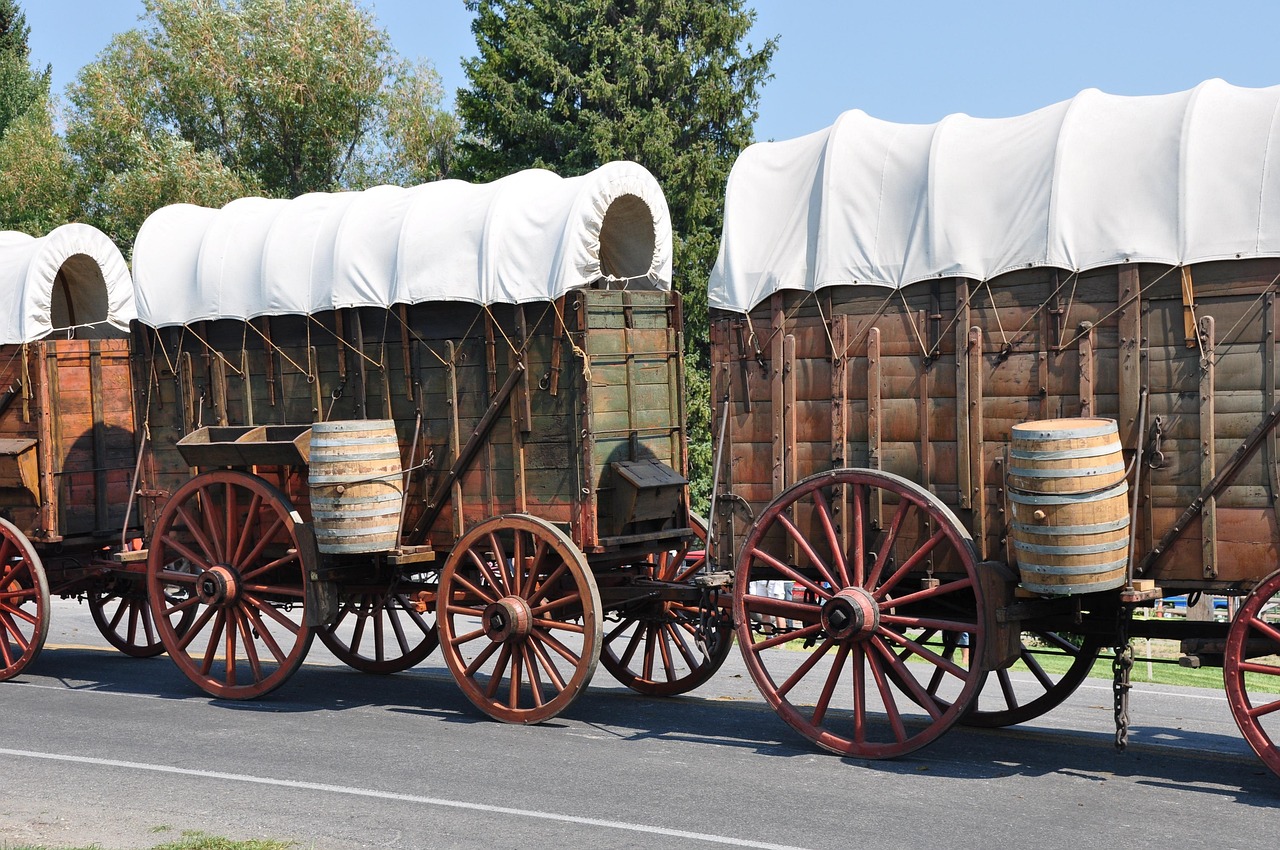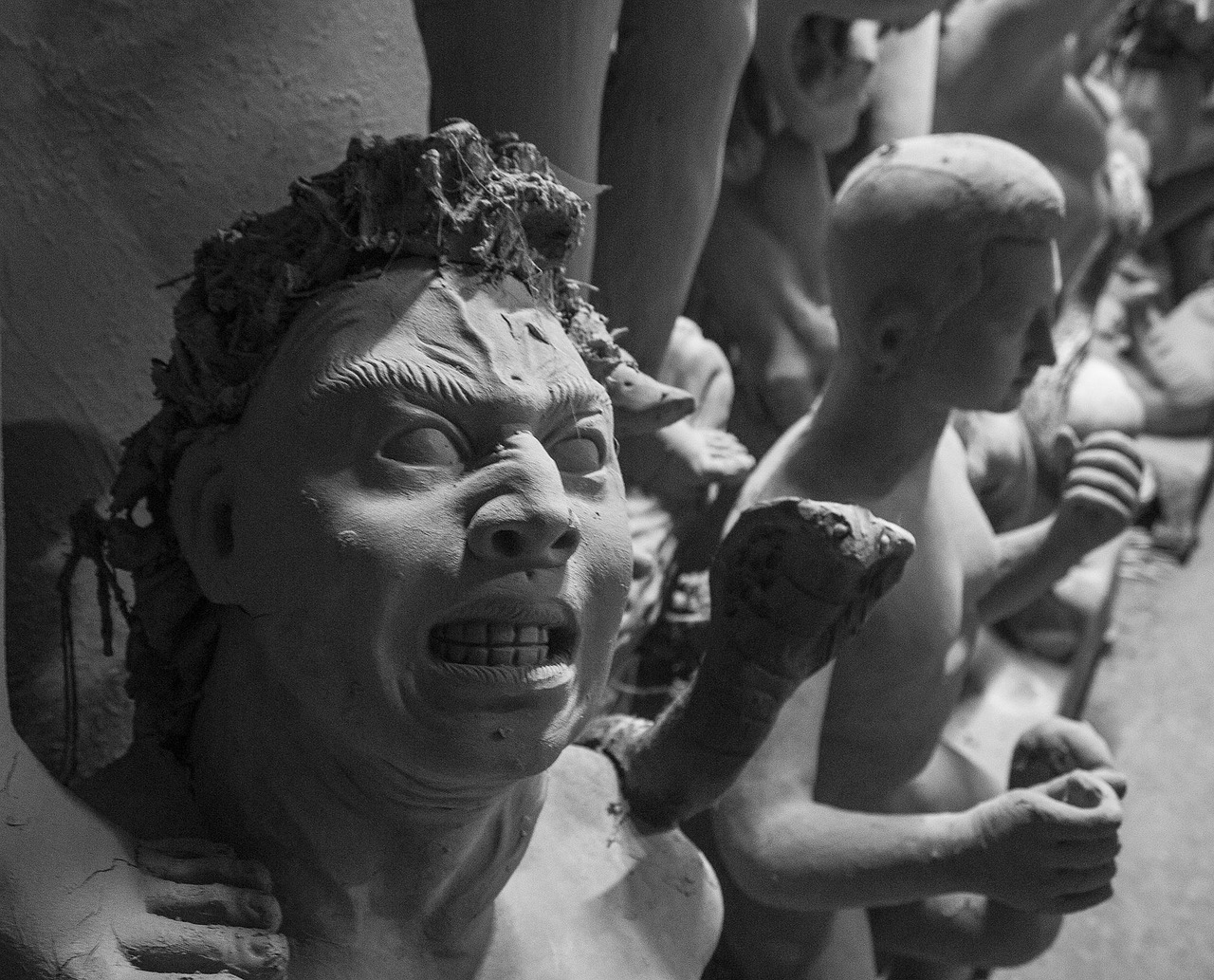This article delves into the upcoming West Bengal Election 2021, focusing on anticipated opinion poll dates, key political players, and potential outcomes. This comprehensive guide aims to equip voters and analysts with a deeper understanding of the evolving political landscape in West Bengal.
Understanding the Political Landscape of West Bengal
The political scene in West Bengal is intricate and ever-changing, influenced by a rich historical backdrop, cultural diversity, and the dynamics of party politics. A thorough grasp of this context is essential for interpreting the implications of the election results.
Key Players in the West Bengal Elections
- Trinamool Congress (TMC): The ruling party, led by Mamata Banerjee, has been in power since 2011.
- Bharatiya Janata Party (BJP): The primary opposition party, gaining ground through strategic campaigning.
Trinamool Congress: The Incumbent Power
The TMC’s governance has seen various accomplishments and challenges. Analyzing their past performance provides insights into their prospects in the 2021 elections.
Achievements of the Trinamool Congress
The TMC has implemented numerous welfare schemes and infrastructure projects that have bolstered its support base. Evaluating these successes can help predict their electoral strength.
Challenges Faced by the Trinamool Congress
Despite its achievements, the TMC grapples with allegations of corruption and internal dissent, factors that could significantly impact their electoral viability.
Bharatiya Janata Party: The Rising Opposition
The BJP has positioned itself as a strong contender in West Bengal, leveraging national trends and local issues to enhance its appeal. Their campaign strategies are pivotal in shaping the election narrative.
Opinion Polls: What the Numbers Indicate
Opinion polls serve as a vital tool for assessing public sentiment prior to elections. Analyzing these polls can illuminate voter preferences and potential shifts in allegiance.
Methodologies Used in Opinion Polls
Polling organizations utilize various methodologies, which can influence results. Understanding these approaches is crucial for accurate interpretation of the data.
Interpreting Poll Results: What to Look For
When evaluating opinion poll results, consider factors such as sample size, margin of error, and timing. These elements provide essential context for understanding the implications of the numbers.
Voter Sentiment and Key Issues
Voter sentiment is shaped by economic conditions, social issues, and party performance. Identifying the key issues that resonate with voters can significantly influence the election outcome.
The Role of Media in Shaping Public Opinion
Media coverage is instrumental in shaping public perception and voter behavior. Analyzing how various media outlets report on the elections can reveal biases and influence voter decisions.
Conclusion: What to Expect in the West Bengal Elections
As the West Bengal elections draw near, understanding the political dynamics, key players, and public sentiment will be essential for predicting outcomes. Staying informed empowers voters to make educated decisions.

Understanding the Political Landscape of West Bengal
West Bengal’s political landscape is notably complex and dynamically evolving, influenced by a rich tapestry of historical events, cultural diversity, and the interplay of various political parties. To truly grasp the nuances of this region, one must delve into its past and present, as these elements significantly shape the electoral outcomes.
The state has a long history of political activism and engagement, with roots tracing back to the pre-independence era. This historical context has fostered a unique political culture where grassroots movements and mass mobilization play crucial roles. The legacy of prominent leaders and movements continues to resonate, influencing contemporary political affiliations and voter behavior.
Moreover, West Bengal is characterized by its cultural diversity, which encompasses various ethnicities, languages, and traditions. This diversity is reflected in the political arena, where different parties appeal to distinct voter bases. The ability of political parties to navigate these cultural complexities is vital for their success in elections.
Party politics in West Bengal has evolved over the decades, with the dominance of the Trinamool Congress (TMC) and the Bharatiya Janata Party (BJP) shaping the current landscape. Understanding the strategies employed by these parties, including their outreach efforts and campaign themes, provides insight into their electoral prospects. The TMC, for instance, leverages its achievements in governance to maintain support, while the BJP focuses on national issues and local grievances to attract voters.
In conclusion, comprehending the political landscape of West Bengal is essential for interpreting election results effectively. By considering historical influences, cultural dynamics, and party strategies, analysts and voters alike can gain a clearer picture of the electoral environment and its implications for the future.

Key Players in the West Bengal Elections
The 2021 West Bengal elections have brought to the forefront two major political parties: the Trinamool Congress (TMC) and the Bharatiya Janata Party (BJP). Each party has its unique strategies and voter demographics, which significantly shape the electoral landscape.
The Trinamool Congress, led by the charismatic Mamata Banerjee, has been in power since 2011. The party has focused on welfare schemes and infrastructure development, which have been crucial in maintaining its voter base. An analysis of their governance record reveals a commitment to social justice and economic growth, appealing to a broad spectrum of the electorate.
On the other hand, the Bharatiya Janata Party has emerged as a formidable opponent, leveraging national trends and local issues to gain traction. The BJP’s campaign strategy emphasizes nationalism and development, resonating with voters seeking change. Their ability to mobilize support from various communities showcases their expanding influence in West Bengal.
| Party | Leader | Key Strategies | Voter Base |
|---|---|---|---|
| Trinamool Congress | Mamata Banerjee | Welfare programs, Infrastructure development | Urban and rural voters, minority communities |
| Bharatiya Janata Party | JP Nadda | Nationalism, Development | Hindu voters, middle-class urbanites |
As the elections approach, understanding the distinct approaches of both parties will be essential for voters. The political dynamics are not just about party loyalty; they reflect the aspirations and concerns of the electorate. Engaging with these key players will provide critical insights into the evolving political narrative in West Bengal.
In conclusion, the 2021 West Bengal elections are set to be a closely contested battle between the TMC and BJP. Voters will need to consider the implications of each party’s policies and leadership as they head to the polls.
Trinamool Congress: The Incumbent Power
The Trinamool Congress (TMC), under the leadership of Mamata Banerjee, has been a dominant political force in West Bengal since it came to power in 2011. This article delves into the party’s journey, its governance strategies, and factors influencing its prospects in the upcoming elections.
Historical Context and Rise to Power
The TMC emerged as a significant player in West Bengal’s political arena by capitalizing on the discontent against the previous Left Front government. With a focus on grassroots mobilization and welfare programs, the party resonated with the electorate’s aspirations for change.
Achievements that Define Governance
- Welfare Schemes: The TMC has implemented various welfare initiatives, including the Kanyashree Prakalpa, aimed at empowering women and reducing child marriage.
- Infrastructure Development: Significant investments in infrastructure, including roads and public transport, have been pivotal in enhancing the state’s connectivity.
- Healthcare Initiatives: The party has focused on improving healthcare facilities, which became especially critical during the COVID-19 pandemic.
Challenges and Controversies
Despite its achievements, the TMC faces several challenges:
- Corruption Allegations: The party has been marred by allegations of corruption, which may impact voter trust.
- Internal Dissent: Reports of dissent within the party ranks could weaken its organizational strength.
Current Strategies and Future Outlook
The TMC’s current strategies include strengthening its grassroots presence and addressing key voter concerns. By focusing on economic recovery and job creation, the party aims to consolidate its support base ahead of the elections.
Conclusion
As the elections approach, the TMC’s ability to navigate challenges while highlighting its achievements will be crucial in determining its electoral fate. Understanding these dynamics will be essential for voters and political analysts alike.
Achievements of the Trinamool Congress
The Trinamool Congress (TMC) has made significant strides in governance, welfare schemes, and infrastructure development since coming to power in West Bengal in 2011. These achievements have played a crucial role in solidifying their support among voters, making them a formidable force in the state’s political landscape.
| Area of Achievement | Details |
|---|---|
| Governance | The TMC has focused on improving transparency and accountability in governance. Initiatives such as the Duare Sarkar (Government at Your Doorstep) program have brought government services closer to the people, enhancing accessibility. |
| Welfare Schemes | The party has launched numerous welfare schemes aimed at uplifting marginalized communities. Programs like Kanyashree Prakalpa provide financial support for the education of girls, while Rupashree Prakalpa assists with marriage expenses. |
| Infrastructure Development | Significant investments have been made in infrastructure, including roads, bridges, and public transportation. The Kolkata Metro expansion is a prime example of efforts to modernize the state’s transport system. |
Furthermore, the TMC’s focus on healthcare has been evident through the establishment of various hospitals and health programs, particularly during the COVID-19 pandemic. Their response included the Swasthya Sathi scheme, which provided health insurance to millions of families.
These achievements reflect the party’s commitment to improving the quality of life for West Bengal’s residents. By addressing key issues such as education, health, and infrastructure, the TMC has managed to maintain a strong connection with the electorate. As the elections approach, evaluating these accomplishments will be vital in predicting their electoral strength.
In conclusion, the Trinamool Congress’s achievements in governance, welfare, and infrastructure development have been pivotal in maintaining voter support. Understanding these aspects will be crucial for assessing their prospects in the upcoming elections.
Challenges Faced by the Trinamool Congress
The Trinamool Congress (TMC) has been a dominant political force in West Bengal, yet it grapples with significant challenges that could impact its electoral viability. Despite its achievements, understanding the factors that threaten its stability is crucial for analyzing its future prospects.
One of the most pressing issues facing the TMC is the allegations of corruption. Over the years, various accusations have surfaced, ranging from financial misconduct to mismanagement of funds. These allegations have not only tarnished the party’s image but have also raised questions about its governance. The public’s perception of corruption can heavily influence voter sentiment, making it a critical concern for the party’s leadership.
In addition to corruption, the TMC is also dealing with dissent within the party. Discontent among party members has been reported, particularly from those who feel marginalized or overlooked in decision-making processes. This internal strife can weaken the party’s cohesion and impact its ability to present a united front during elections. When party members are divided, it may lead to voter apathy or even shifts in allegiance to rival parties.
The rise of the Bharatiya Janata Party (BJP) as a formidable opponent further complicates the TMC’s situation. The BJP has successfully capitalized on the TMC’s vulnerabilities, often highlighting these issues in their campaign strategies. This has led to a more competitive political environment, where the TMC must not only defend its record but also address the concerns of its constituents effectively.
Moreover, the TMC’s handling of key issues such as economic development and social welfare programs will be under scrutiny. Voters are increasingly looking for accountability and tangible results. If the TMC fails to demonstrate its commitment to addressing these concerns, it risks losing support among its voter base.
In conclusion, while the Trinamool Congress has had its share of successes, the challenges it faces—ranging from corruption allegations to internal dissent—are significant. Understanding these factors is essential for assessing the party’s electoral viability as it heads into future elections.
Bharatiya Janata Party: The Rising Opposition
The Bharatiya Janata Party (BJP) has emerged as a formidable contender in West Bengal, leveraging both national trends and local issues to craft a compelling electoral narrative. Their approach reflects a blend of strategic campaigning and a deep understanding of the electorate’s sentiments, positioning them as a significant rival to the longstanding dominance of the Trinamool Congress.
In recent years, the BJP has successfully tapped into the aspirations and frustrations of West Bengal’s diverse population. The party’s campaign themes often revolve around development, governance, and cultural identity, resonating with voters who seek change. By focusing on local issues such as employment, education, and infrastructure, the BJP has been able to create a narrative that appeals to both urban and rural constituents.
One of the critical strategies employed by the BJP is the emphasis on grassroots mobilization. The party has invested significantly in building a robust organizational structure across the state, engaging local leaders and volunteers to connect with voters on a personal level. This grassroots approach not only enhances voter outreach but also fosters a sense of community and shared purpose among supporters.
Moreover, the BJP’s use of social media and digital platforms has revolutionized their campaign efforts. By effectively utilizing online tools, the party can disseminate information rapidly, counter misinformation, and engage with younger voters who are increasingly influential in shaping electoral outcomes.
As the elections draw near, the BJP’s ability to maintain momentum will hinge on its capacity to address emerging issues and adapt its strategies accordingly. The party’s focus on local governance and accountability will be pivotal in convincing undecided voters and solidifying their support base.
In conclusion, the BJP’s rise in West Bengal is not merely a reflection of national trends; it is a testament to their strategic adaptability and commitment to understanding the local political landscape. As they continue to refine their message and engage with voters, the BJP is likely to play a crucial role in shaping the future political dynamics of West Bengal.

Opinion Polls: What the Numbers Indicate
Opinion polls are an essential instrument for understanding public sentiment, particularly as elections approach. They provide a snapshot of voter preferences, enabling analysts and political parties to gauge the current political climate. In this article, we will delve deeper into the significance of opinion polls, explore their methodologies, and discuss how to interpret the results effectively.
The Importance of Opinion Polls in Elections
Opinion polls serve as a vital tool for political campaigns, allowing parties to adjust their strategies based on real-time feedback from voters. By analyzing these polls, political analysts can identify potential shifts in voter allegiance among key demographics, such as age, gender, and socio-economic status. This information is crucial for tailoring campaign messages to resonate with the electorate.
Methodologies Behind Opinion Polls
Different polling organizations utilize various methodologies, which can significantly impact the results. Common methods include:
- Telephone Surveys: Traditional method that reaches a wide audience but may exclude younger demographics.
- Online Polls: Increasingly popular, these polls can quickly gather data but may suffer from sampling bias.
- Face-to-Face Interviews: Provide in-depth insights but are time-consuming and costly.
Understanding these methodologies is essential for interpreting the data accurately and discerning genuine trends in voter sentiment.
Key Factors in Interpreting Poll Results
When analyzing opinion poll results, several factors must be considered:
- Sample Size: A larger sample size typically leads to more reliable results.
- Margin of Error: This indicates the potential variance in results and is crucial for understanding the reliability of the poll.
- Timing: Polls conducted closer to the election may reflect more accurate voter sentiment.
Conclusion: The Role of Opinion Polls in Shaping Elections
As we approach election season, opinion polls will continue to play a pivotal role in shaping the political landscape. By understanding the methodologies and factors that influence these polls, voters and analysts alike can make informed decisions. Staying abreast of these insights will empower citizens to engage more effectively in the democratic process.
Methodologies Used in Opinion Polls
play a critical role in determining the accuracy and reliability of the data presented in the lead-up to elections. Different polling organizations utilize a variety of techniques, each with its own strengths and weaknesses. Understanding these methodologies is essential for interpreting the results correctly and discerning genuine trends.
Polling methods can be broadly categorized into three main types: telephone interviews, online surveys, and face-to-face interviews. Each method has its unique characteristics:
- Telephone Interviews: Traditionally, this method involves calling a random sample of voters. While it can yield high-quality data, it is increasingly challenged by declining response rates and the prevalence of mobile phones.
- Online Surveys: With the rise of the internet, many organizations now conduct polls online. This method allows for quick data collection and broader reach, but it may suffer from self-selection bias as only those with internet access can participate.
- Face-to-Face Interviews: This method is often used in regions with limited access to technology. While it can provide in-depth insights, it is also more time-consuming and expensive.
Additionally, the sample size and the margin of error are crucial components in evaluating poll results. A larger sample size typically leads to more reliable results, while a smaller margin of error indicates greater accuracy. Polling organizations often disclose these details, allowing analysts to gauge the credibility of the findings.
Moreover, the timing of the polls is vital. Public sentiment can shift rapidly due to current events, making it essential to consider when the data was collected. For instance, polls conducted immediately after a significant political event may reflect a temporary spike in support for a candidate or party.
In conclusion, understanding the is key to interpreting their results effectively. By analyzing the techniques employed, sample sizes, margins of error, and timing, voters and analysts can discern genuine trends and make informed predictions about electoral outcomes.
Interpreting Poll Results: What to Look For
When it comes to opinion polls, understanding the nuances behind the numbers is crucial for accurate interpretation. Polls serve as a snapshot of public sentiment, but they are not without their complexities. To make sense of the data, it’s important to consider several key factors that can influence the results.
- Sample Size: The sample size refers to the number of respondents surveyed. Larger samples tend to provide more reliable results, as they reduce the margin of error. A sample size of at least 1,000 participants is generally considered a good standard for national polls.
- Margin of Error: This statistic indicates the range within which the true value likely falls. A margin of error of ±3% is common in many polls. Understanding this range helps contextualize the results and assess their reliability.
- Timing of the Poll: The timing of when a poll is conducted can significantly affect its outcomes. Polls taken shortly after major events or announcements may reflect temporary shifts in public opinion, while those conducted over a longer period may capture more stable trends.
- Demographic Breakdown: Analyzing the demographics of respondents—such as age, gender, and geographic location—can provide deeper insights into voter preferences. This breakdown helps identify which groups may be leaning towards specific candidates or issues.
- Question Wording: The way questions are phrased can influence responses. Leading questions or those that lack clarity can skew results. It’s essential to examine how questions are structured to understand the data accurately.
In conclusion, while opinion polls can offer valuable insights into public sentiment, they must be interpreted with caution. By considering factors such as sample size, margin of error, timing, demographic breakdown, and question wording, analysts can gain a clearer understanding of what the numbers truly indicate. This comprehensive approach ensures that the implications of polling data are understood in a broader context, aiding both voters and political analysts in their assessments.

Voter Sentiment and Key Issues
Understanding voter sentiment is crucial for predicting election outcomes. It is influenced by a myriad of factors that include economic conditions, social issues, and the overall performance of political parties. Analyzing these elements can provide insight into what drives voters’ decisions and how they align with various political ideologies.
One of the most significant factors affecting voter sentiment is the current economic climate. When the economy is thriving, voters tend to support the party in power, believing that their policies have contributed to their prosperity. Conversely, in times of economic hardship, voters may seek change, looking for parties that promise better management of resources and job creation.
Additionally, social issues play a pivotal role in shaping voter opinions. Topics such as healthcare, education, and social justice resonate deeply with the electorate. Candidates who can effectively communicate their stance on these issues often gain a competitive edge. For instance, a party that prioritizes healthcare reform may attract voters who feel underserved by the current system.
Furthermore, the performance of political parties during their tenure in office significantly impacts voter sentiment. Incumbent parties are often judged based on their past achievements and failures. If a party has successfully implemented welfare programs or improved infrastructure, it may bolster their support. However, allegations of corruption or ineffective governance can lead to a decline in voter trust, prompting constituents to consider alternatives.
To effectively gauge voter sentiment, it is essential to identify the key issues that resonate with the electorate. This can be achieved through opinion polls and surveys that capture public sentiment on various topics. Understanding these dynamics not only aids political analysts but also empowers voters to make informed decisions at the ballot box.
In conclusion, the interplay of economic conditions, social issues, and party performance creates a complex landscape that shapes voter sentiment. By identifying and understanding these key issues, stakeholders can better predict electoral outcomes and engage with voters more effectively.

The Role of Media in Shaping Public Opinion
Media coverage is an essential component in the political landscape, particularly during election seasons. It plays a vital role in shaping public perception and influencing voter behavior. Understanding how different media outlets report on elections can provide insights into potential biases and their impact on voter decisions.
Various forms of media, including television, newspapers, online platforms, and social media, serve as primary sources of information for voters. Each medium has its unique way of presenting news, which can significantly affect how the public perceives candidates and their policies. For instance, sensationalist reporting might skew public opinion by focusing on scandals rather than substantive issues.
Moreover, the timing and framing of news stories can alter the narrative around political candidates. A candidate may be portrayed positively or negatively based on the media’s choice of language and imagery. This can lead to a shift in voter sentiment, especially among undecided voters who rely heavily on media for information.
Additionally, social media platforms have transformed the way information is disseminated and consumed. The rapid spread of information, along with the ability for users to share their opinions, creates an environment where public perception can change almost overnight. Misinformation can also proliferate on these platforms, making it crucial for voters to discern credible sources from unreliable ones.
To truly understand the implications of media coverage, one must analyze the biases present in reporting. Different outlets may have political affiliations that influence their reporting styles, which can affect voter behavior. By critically evaluating the sources of information, voters can make more informed decisions.
In conclusion, the media’s role in shaping public opinion cannot be overstated. As elections approach, it is imperative for voters to be aware of how media coverage can influence their perceptions and decisions. By staying informed and critically engaging with media content, voters can navigate the complexities of political narratives and make choices that align with their values.

Conclusion: What to Expect in the West Bengal Elections
As the West Bengal elections draw near, it becomes increasingly important to grasp the political dynamics, identify the key players, and gauge the public sentiment surrounding the electoral process. This understanding will not only assist analysts and political enthusiasts but also empower voters to make informed choices.
West Bengal’s political environment is characterized by a rich tapestry of history, culture, and party rivalry. The upcoming elections are anticipated to be fiercely contested, with the Trinamool Congress (TMC) and the Bharatiya Janata Party (BJP) at the forefront of the battle. Each party comes with its own set of strategies and voter demographics that will play a crucial role in determining the election outcome.
As the election date approaches, opinion polls will serve as a critical indicator of public sentiment. These polls provide insights into voter preferences and can highlight potential shifts in allegiance among various demographics. However, it is essential to approach these polls with a discerning eye, considering factors such as sample size, margin of error, and the methodologies employed by different polling organizations.
Moreover, key issues such as economic challenges, social justice, and party performance will significantly influence voter sentiment. Understanding these issues can provide a clearer picture of what matters most to the electorate.
In conclusion, as the West Bengal elections are on the horizon, staying informed about the evolving political landscape, recognizing the key players, and understanding public sentiment will be essential for predicting the outcomes. This knowledge will empower voters to make educated decisions, ultimately shaping the future of West Bengal.
Frequently Asked Questions
- What are the key dates for the West Bengal Election 2021?
The key dates for the West Bengal Election 2021 include the announcement of the election schedule, polling days, and the results date. Typically, the Election Commission will announce these dates a few months prior to the elections, so keeping an eye on official announcements is crucial.
- Who are the main political parties contesting in the election?
The main political parties contesting in the West Bengal Election 2021 are the Trinamool Congress (TMC), led by Mamata Banerjee, and the Bharatiya Janata Party (BJP), which has emerged as a strong opposition force. Additionally, there are other regional and national parties that may play significant roles.
- How reliable are opinion polls in predicting election outcomes?
Opinion polls can provide insights into voter sentiment, but they aren’t foolproof. Factors like sample size, methodology, and timing can affect their accuracy. It’s essential to analyze multiple polls and consider their context before drawing conclusions about potential outcomes.
- What issues are most important to voters in West Bengal?
Voter concerns in West Bengal often revolve around economic conditions, employment opportunities, social issues, and governance. Understanding these key issues can provide insight into how voters might lean during the elections.
- How does media coverage influence voter behavior?
Media coverage can significantly shape public perception and voter behavior. Different outlets may present biased narratives, influencing how voters perceive candidates and parties. It’s vital for voters to consume information from multiple sources to form a well-rounded view.


























































